The dry continues - fires, orchids and cockatoos
- Ian
- Oct 1, 2019
- 4 min read
Updated: Apr 8, 2021
It rained - a little. Enough to wet the dust.
Just nine millimetres for the month of September. August was just fourteen millimetres. At least it rained, I suppose. Two years ago it didn't rain for three months straight. Maybe that is when the dry really started here. Of course it had been dry over the range for a while by then, years in some places.
The dry creeps up. You don't really notice it at first. It gets dry but then it gets a little wet again. Around here it can get really wet sometimes but it rarely gets really dry. Not like now. The Clarence is considered sub tropical, with a wet season in summer but that didn't happen this last summer.
Gradually the streams slowed to a trickle. You can see it but you don't notice too much. Then the trickle turns to a puddle here and there. The wildlife start to congregate around these. Birds, wallabies, water dragons and more. Then gradually these puddles dried up.
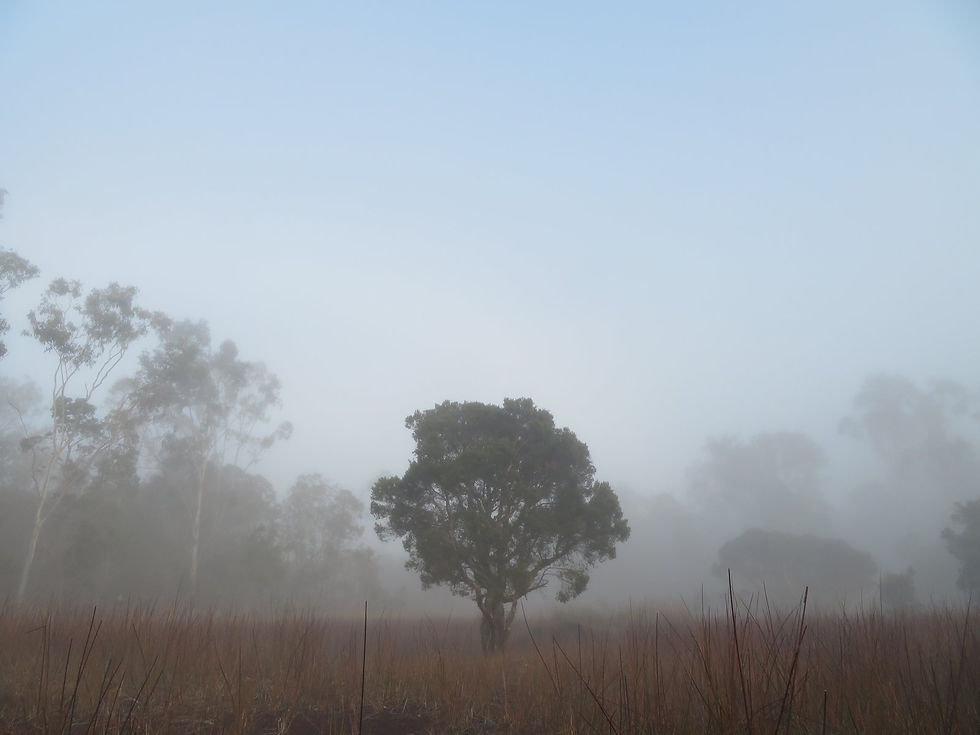
The young forest running along our little, now dry, creek is suffering severely. The trees are shedding their leaves. The cork wood trees are particularly hard hit, some begin to die or drop leaves opening the view through the understory. Plants don't die quickly. They hang on but now they are dying. You can see splotches of brown through the bush and along the ridges as trees die.
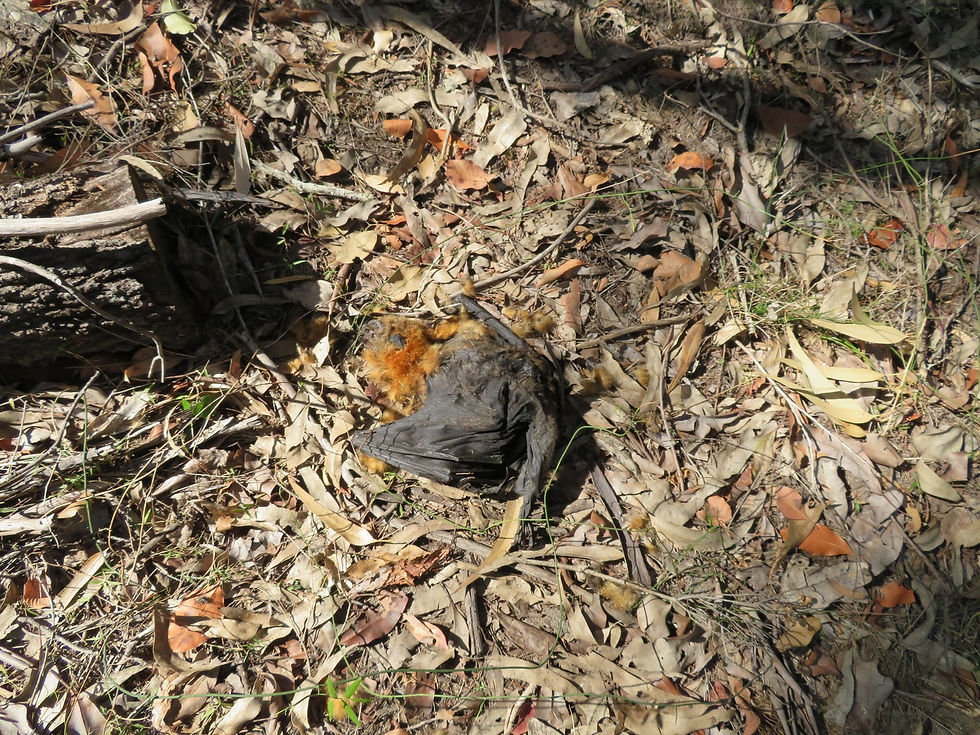
We found a dead fruit bat recently. It must have just dropped out of the tree. Our neighbour has found several. They are dying from starvation. Although our red gums are now flowering they aren't providing enough food for them.
On the lower areas the banksias are turning brown. Many animals rely on the flowering banksias for food. They will flower next year. Even if it rains there will be a lack of food then.
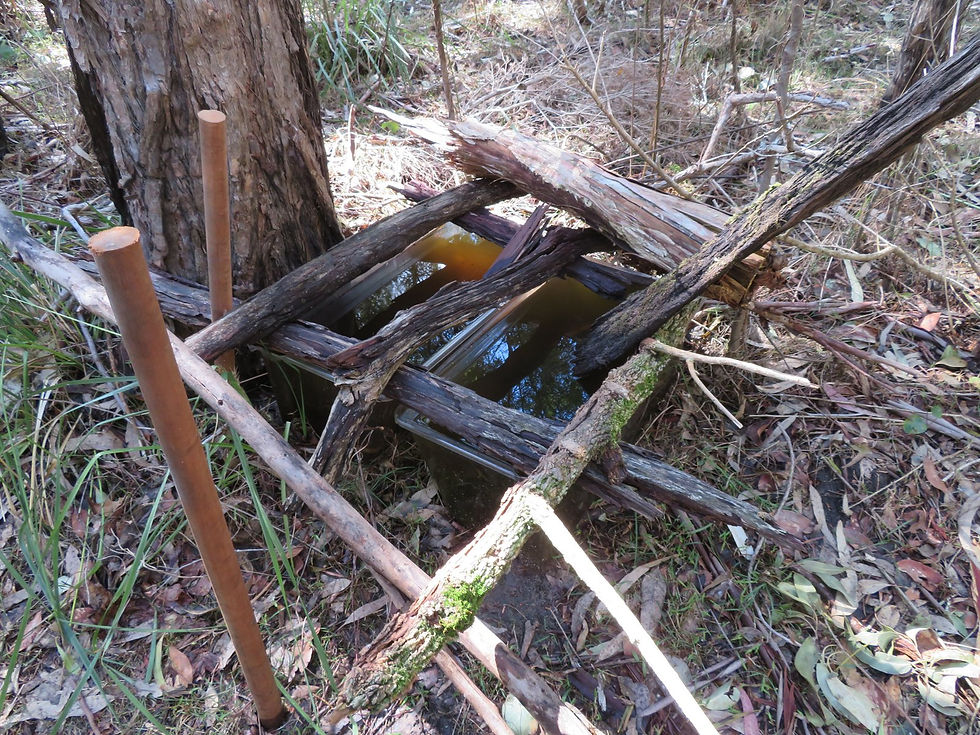
As the puddles dry up we set up a water station in the bush for the wildlife using some old refrigerator crispers and lots of logs from the bush.
If you set up water in the bush or around your house make sure you include lots of sticks and logs for the birds to sit on while stopping other animals from falling in and drowning.
A few birds are initially attracted to it, gradually bringing more as each dry day passes. Now several different species of birds are seen at the same time. Sit back and relax watching our latest video "Spying on Birds Part B". We have identified another seven birds we hadn't seen before.
Our local friendly wallaby, Mos, is here each day. We can hardly deny her some grain under these conditions, especially with a little pink joey on board.
The plumed whistling ducks have been here in large numbers. We counted over three hundred on several days. We think these gathered here more for a local farmer's leftover corn than the dry though. They are here each day, arriving at dawn and leaving just on dark. We have no lawn left at the front of the house. When the remaining grass does get a shower of rain and attempts to grow the chooks and ducks devour it.

We have set up water troughs all around the house for the wildlife and a few water 'features' next to the house especially for our swamphens who have no swamp left. It is dry. The little flock has increased in number as swamphens from other wetlands have arrived here looking for any water they can find.
Our house tank water is holding out but we are now using it to keep the garden alive. We collect all our sink water to use on the flower garden beside the house although the possum has taken a liking to the flowers so we haven't been too successful this year. The possums must be suffering. The, now small, veggie garden has to be covered in mesh or they will eat the broccoli and lettuce and it has a particular liking for fresh coriander.
We have a local butcher bird living near the house. We try not to feed it but you have to feel for it after I watched as it regurgitated something up and found it was ant shells. I didn't realise that they ate ants but they must be.
As the days heat up the fires have started. The closest fire was only a kilometre away! Fortunately it was put out before it got too big, unlike another less that ten kilometres away which spread over hundreds of hectares. Again fortunately the wind blew it away from us here. The sky was busy with aircraft fighting the fire.
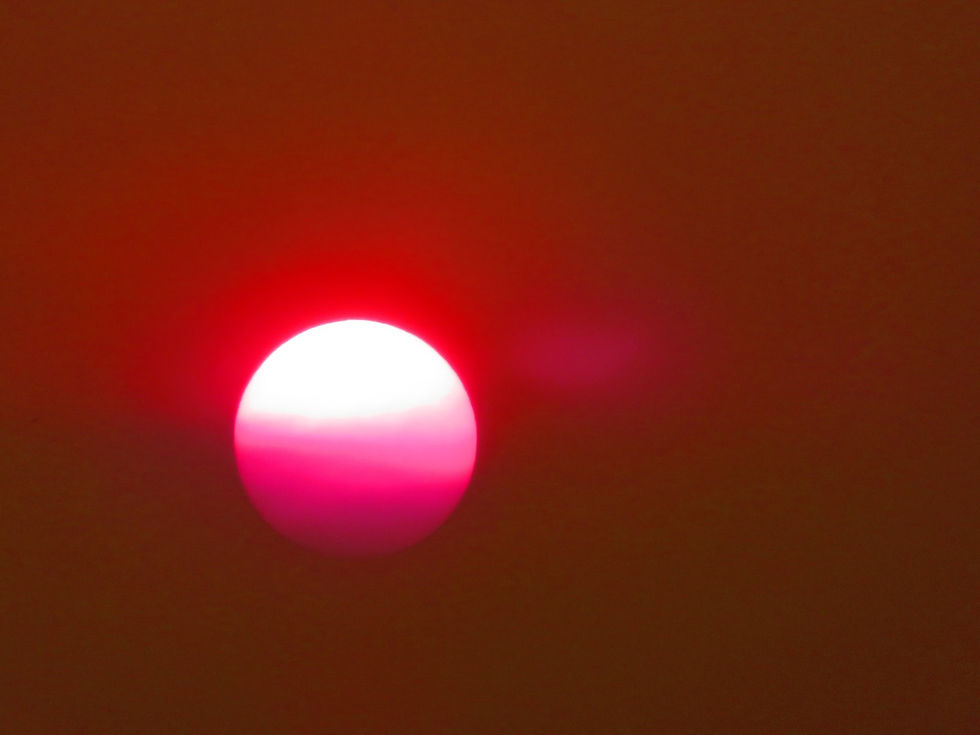
I am sure that these won't be the last fires for the season as it is only just the beginning of spring. The bush is so dry.
Yet out of the dry comes the most beautiful ground orchids, pink fingers. Also the tick orchids are flowering right now. Not as profuse as last year. Some are even munched on, probably by a possum so far up the tree. The bush keeps going.
The glossy black cockatoos are still around feeding on the fruit of the casuarina. These magnificent birds are fairly quiet with just the crunching sound of the disintegrating casuarina fruit. They tear the fruit apart to get the small seeds inside. These birds are threatened due to loss of habitat.
Check out our latest video of the birds at work.












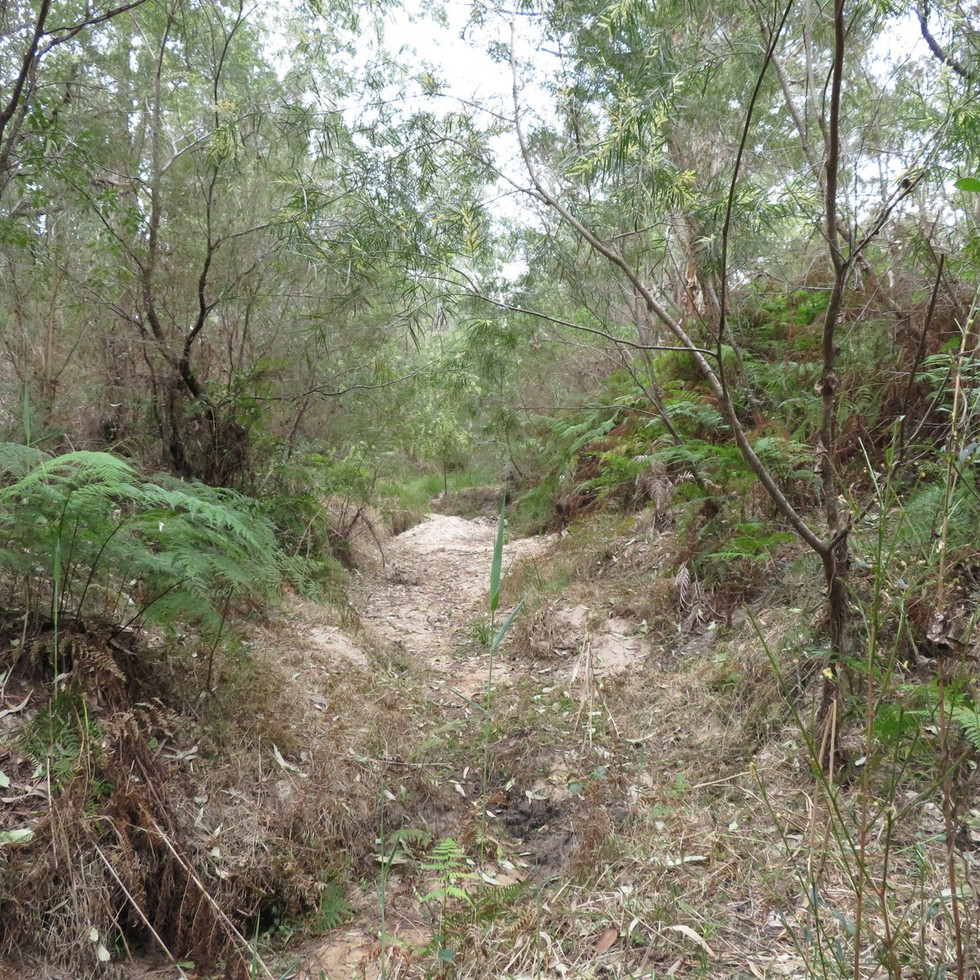



























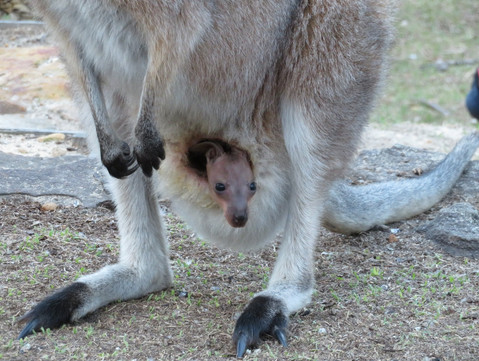





















Comments